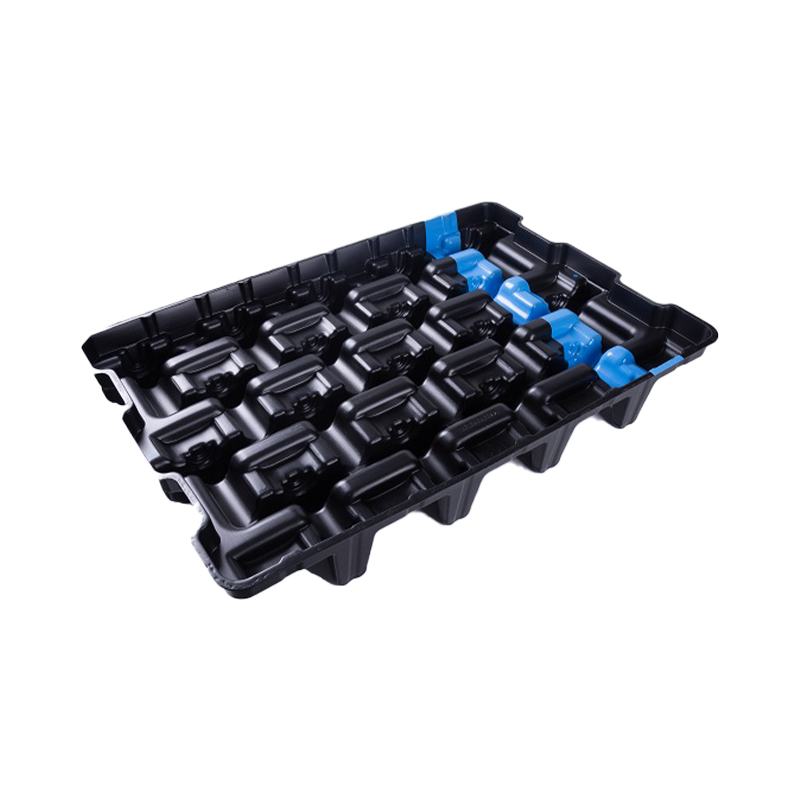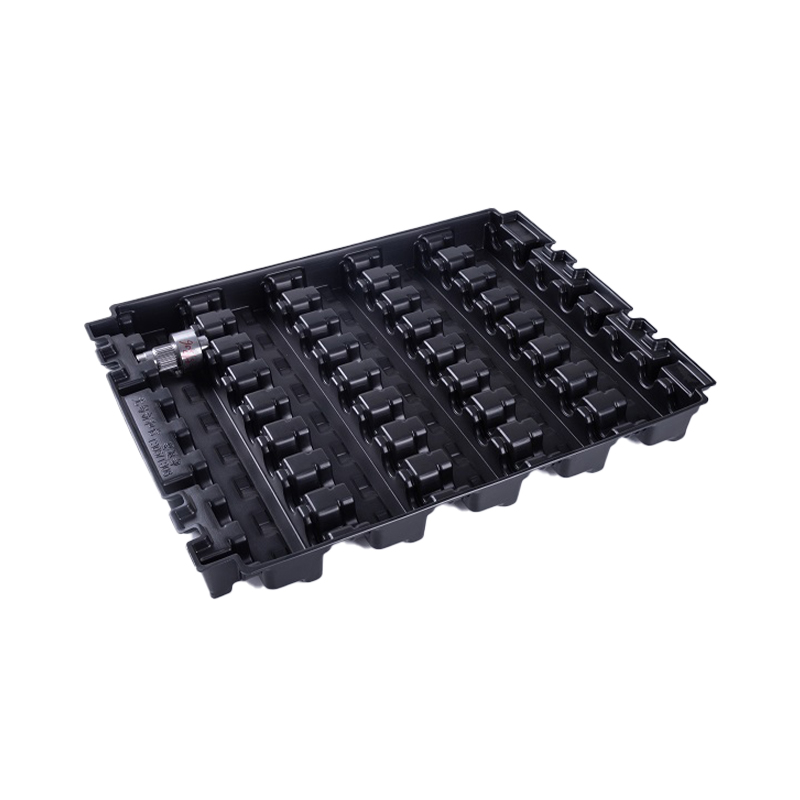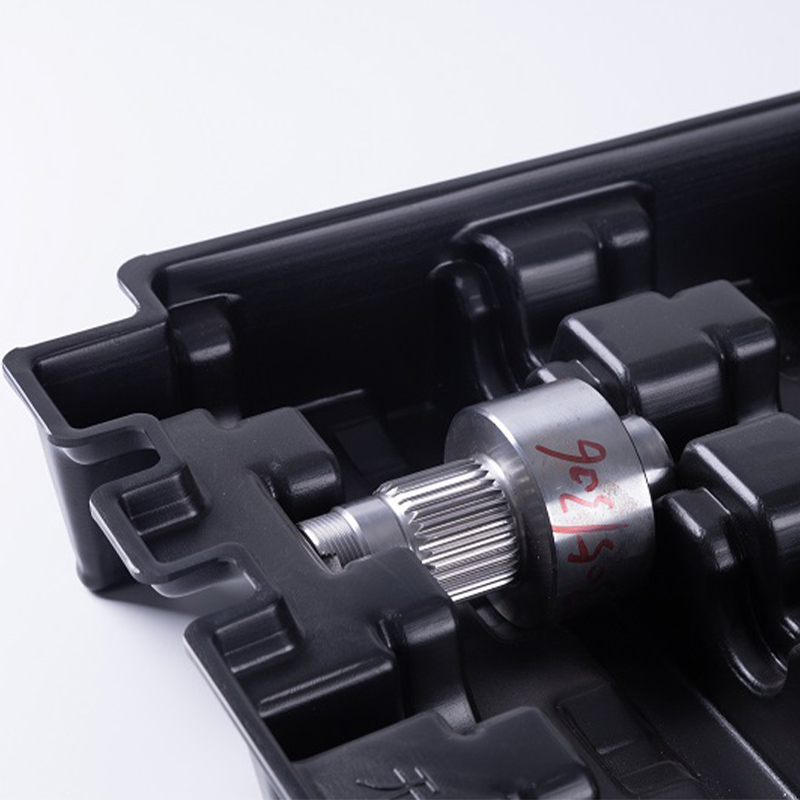Vacuum Forming Shipping Trays & Pallets
Vacuum Forming Shipping Trays & Pallets are basically made of thick plastic sheets.
The trays can be used for sevral years and can be used in long - distance transportion.
Vacuum Forming Shipping Trays & Pallets are basically made of thick plastic sheets.
Shipping Pallets can be used for sevral years and can be used in long - distance transportion.
Shipping Trays & Pallets can carry a heavy weight of goods beasuce these shipping trays or pallets are made of very thick plasitc sheets. The raw material of plastic sheet can be up to 10mm or more.
Details
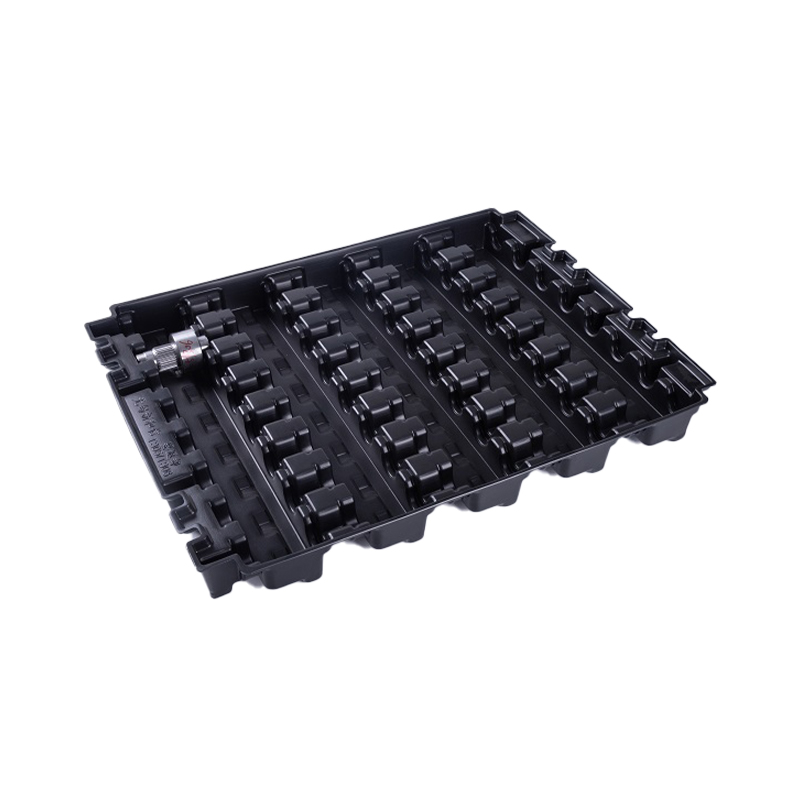
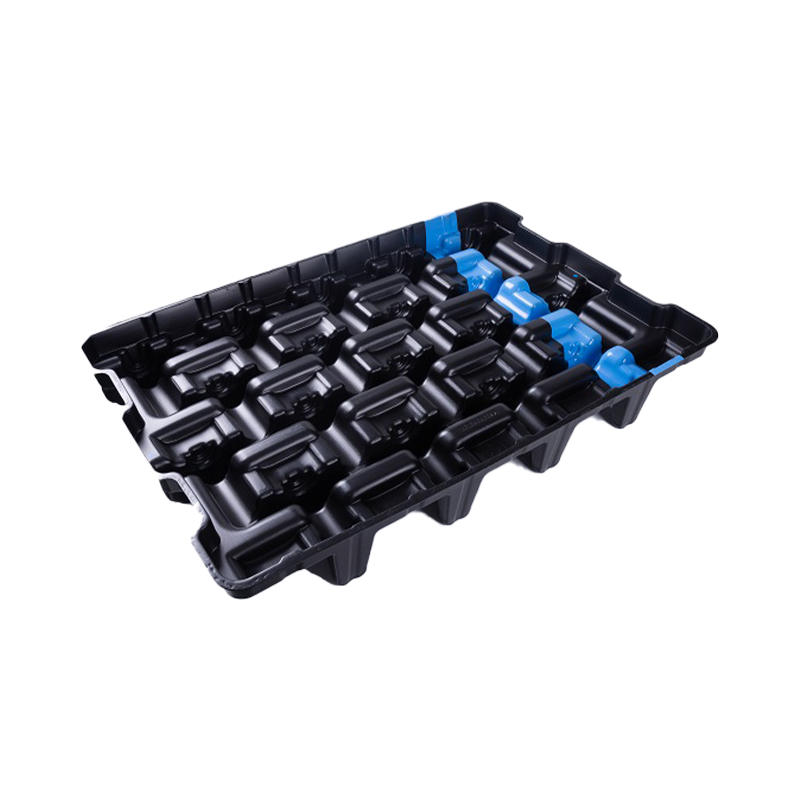
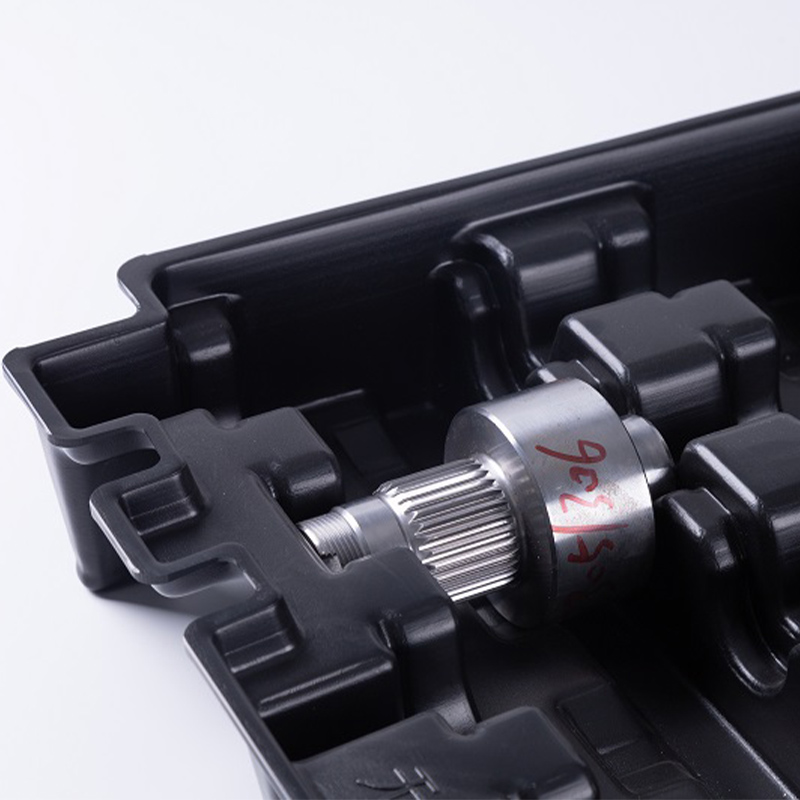
1. Introduction to Shipping Trays & Shipping Pallets
Shipping trays and shipping pallets are essential packaging solutions used in various industries to transport products safely. Vacuum forming trays and vacuum forming pallets are specifically created using the vacuum forming process, providing secure, customizable, and durable solutions for protecting goods during transit. These products are particularly common in industries like electronics, automotive, food, pharmaceuticals, and retail, where safeguarding items from external damage is paramount.
The core purpose of shipping trays and shipping pallets is to hold and protect items during transportation. The use of vacuum forming trays and vacuum forming pallets ensures that goods are tightly secured and protected from impact, moisture, dust, and other damaging factors. The precision of vacuum forming trays provides a perfect fit for the products, minimizing any movement during transit, while shipping pallets are designed to provide a strong foundation for stacking and transportation.
2. The Vacuum Forming Process for Shipping Trays and Shipping Pallets
Shipping trays and shipping pallets made through vacuum forming follow a detailed manufacturing process, ensuring high quality and precision. This involves:
Step 1: Material Selection for Shipping Trays & Pallets
The materials used for shipping trays and shipping pallets are selected based on the need for strength, durability, and protection during transport. Materials like PVC (Polyvinyl Chloride), PET (Polyethylene Terephthalate), PP (Polypropylene), and HIPS (High-Impact Polystyrene) are often used for vacuum forming trays and vacuum forming pallets due to their resilience.
Step 2: Heating and Forming the Material
The plastic material is heated to a pliable state, allowing it to be precisely molded into vacuum forming trays and shipping pallets using a vacuum system. This ensures that each vacuum forming pallet and vacuum forming tray is perfectly shaped to fit the items that will be packed.
Step 3: Vacuum Forming Process
The key feature of vacuum forming trays and vacuum forming pallets is the application of vacuum pressure, which molds the heated plastic tightly around a mold. The result is a perfect, secure fit for each product. This is particularly important for shipping trays, as they prevent the product from shifting or moving, ensuring protection during transit.
Step 4: Cooling and Cutting the Formed Product
Once the material is molded into shape, it is cooled to harden and then cut to the required size. This is done with precision to ensure that the shipping trays and shipping pallets meet the exact specifications required for transportation.
Step 5: Final Quality Checks for Shipping Trays & Pallets
Before being shipped to customers, each vacuum forming tray and vacuum forming pallet undergoes strict quality checks to ensure they meet durability and safety standards. This includes strength tests, durability checks, and dimensional accuracy to ensure that the shipping trays and shipping pallets perform optimally.
3. Materials Used in Vacuum Forming Shipping Trays & Pallets
Choosing the correct material is crucial in ensuring that shipping trays and shipping pallets offer the required durability and protection during transit. Some common materials include:
PVC (Polyvinyl Chloride)
PVC is lightweight yet durable, making it ideal for shipping trays and shipping pallets that need to be cost-effective and reliable.
PET (Polyethylene Terephthalate)
PET offers high resistance to moisture, making it perfect for vacuum forming trays and vacuum forming pallets in food packaging or electronics, where exposure to moisture can lead to damage.
Polypropylene (PP)
Polypropylene is known for its impact resistance and durability, especially in heavy-duty applications. Vacuum forming pallets made from PP are commonly used in automotive and industrial applications.
HIPS (High-Impact Polystyrene)
HIPS is tough, resistant to physical impacts, and provides excellent protection for delicate items, making it a great choice for vacuum forming trays used in electronics and medical equipment.
4. Applications of Vacuum Forming Shipping Trays & Pallets
Shipping trays and shipping pallets made from vacuum forming materials are used across various industries for effective product protection. Below are key examples of how these products are used:
Electronics Industry
In the electronics industry, vacuum forming trays and vacuum forming pallets are essential for shipping delicate electronic devices such as circuit boards, phones, and batteries. Shipping trays ensure that these sensitive items are protected from impacts, while shipping pallets are used to stack and transport these items efficiently.
Food Packaging Industry
For food packaging, vacuum forming trays are used to securely package items like fruits, vegetables, meat, and prepared meals. These vacuum forming trays are made to ensure hygiene and freshness, while shipping pallets help in the safe transport and organization of these trays.
Automotive Industry
In the automotive sector, vacuum forming pallets are widely used to transport automotive parts such as engines, sensors, and smaller components. The vacuum forming trays help hold individual parts securely to prevent damage during transportation.
Medical Devices and Pharmaceuticals
Shipping trays and vacuum forming pallets play an important role in the transportation of medical devices, pharmaceuticals, and diagnostic tools. These products are often sensitive to damage, and the precise fit offered by vacuum forming trays ensures that they are securely protected.
Consumer Goods and Retail
For consumer goods, vacuum forming trays are used to pack items like cosmetics, toys, and household products. These items require visible packaging for display in stores, and the clarity and durability of vacuum forming trays ensure products are protected and remain attractive to consumers.
5. Advantages of Vacuum Forming Shipping Trays & Pallets
There are numerous benefits to using vacuum forming trays and vacuum forming pallets for shipping and packaging:
1. Custom Fit
One of the key advantages of vacuum forming trays and vacuum forming pallets is their ability to be customized to fit the exact dimensions of products. This ensures a snug fit that minimizes movement and potential damage during transport. Customization can also include adding dividers or compartments to the shipping trays for more effective organization.
2. Durability and Protection
Vacuum forming trays and vacuum forming pallets provide superior durability compared to other types of packaging. They are designed to withstand impacts, heavy loads, and the rigors of transportation, keeping goods safe throughout the entire journey.
3. Space Efficiency
Shipping trays and vacuum forming pallets are designed to maximize space during storage and transportation. Their ability to stack efficiently reduces the overall volume of packaging, saving space in warehouses and reducing shipping costs. This is especially beneficial when using vacuum forming pallets to ship multiple items.
4. Lightweight Construction
Despite their strength and durability, vacuum forming trays and vacuum forming pallets are lightweight, which helps reduce shipping costs. The lightweight nature of these products ensures that transportation expenses are kept to a minimum without compromising on the protection of goods.
5. Cost-Effective Manufacturing
The vacuum forming process is highly cost-effective, especially when producing large quantities of shipping trays and shipping pallets. The process is efficient, and the materials used are affordable, making it an ideal choice for businesses looking to optimize their packaging costs.
6. Environmental Considerations
In today’s world, sustainability is crucial. Many vacuum forming trays and vacuum forming pallets are made from recyclable materials, helping to reduce their environmental impact. This is a key consideration for companies looking to minimize waste and improve their environmental footprint.
7. Conclusion
Shipping trays and shipping pallets created with the vacuum forming process are versatile, cost-effective, and durable solutions for ensuring the safe transport of goods. Whether used in the automotive, electronics, food, or medical industries, these packaging products offer protection, customization, and efficiency. As businesses increasingly focus on sustainability, vacuum forming trays and vacuum forming pallets made from recyclable materials are becoming an increasingly popular choice.
Tags
Get the latest price? We will reply as soon as possible (within 12 hours)

